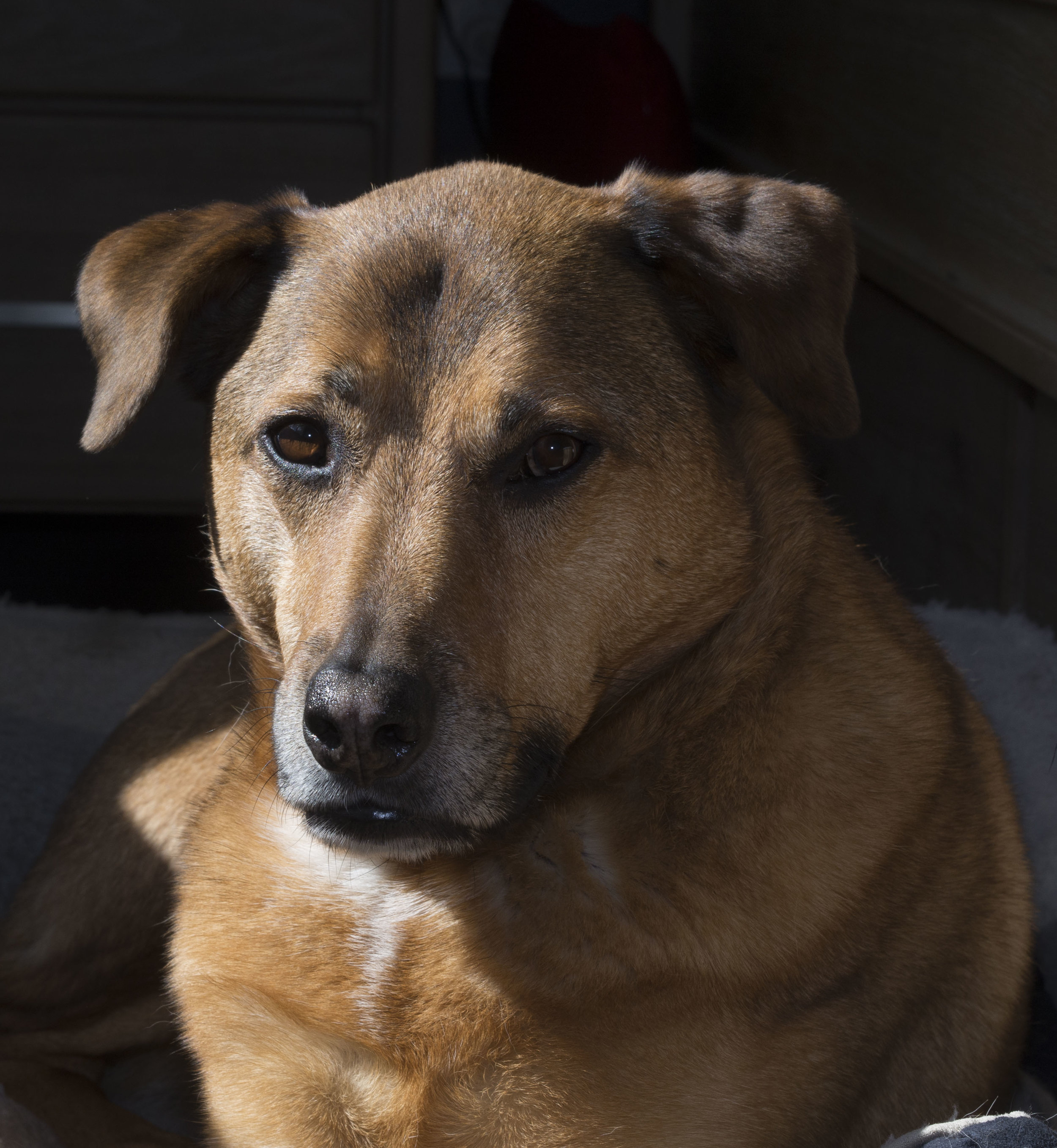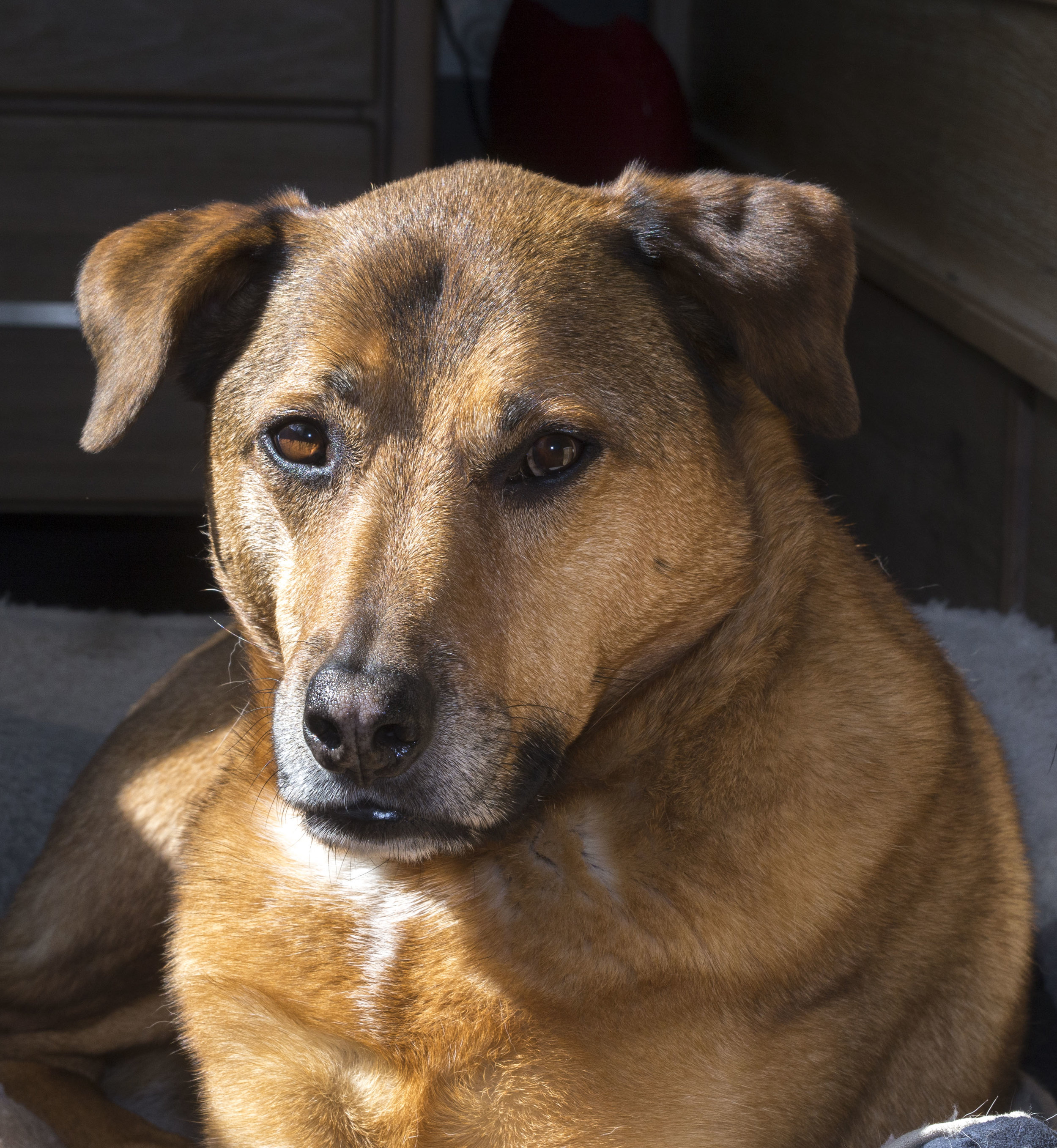Some flash tuition from an old photographer but a flash newbie, or telling old dogs how to suck eggs.
The other day I did a little photo job. The usual stuff. An awards ceremony with after ceremony group and small group shots. The usual thing. Problem was it was a gloomy, overcast day, raining then not, then raining again (10 in the morning looked like 10 minutes to sunset in winter). We did the group shots and some family images outside between rain bouts and the resulting images looked flat. The only brand I know if that can pull off good results in poor weather (still with mixed success) is Fuji in their jpeg settings, as long as you set the right settings and don't over blow it.
What to do in the future?
I know the answer. It's the same monster I have successfully avoided for 30 years. Flash.
Last year I bought a couple of Yongnuo 560 III/IV units and the remote controller with the intention of having a safety net "portable studio" at the ready and I must admit they have collected dust since arriving. I am not one for instructions (theirs are fine by the way), so after a bit of bumbling around, mostly good exposures resulted, that were put down more to good luck than good management and packed the lot away for huh, a rainy day!
You see my main problem was how I interpreted the flash guns working method. The 560's are called manual flash units. Now when I first played with flash units, they came in three flavours. Manual that meant the flash had to be told what to do (complicated maths on the fly involving guide numbers, distance, aperture, ISO, moons' revolutions and tax file numbers). Automatic, where the flash fired off to suit itself and the camera took what it got, often fooled by reflective surfaces and sometimes hard to set for fill flash- so I thought. Through The Lens (TTL), which was the holy grail. TTL means that the flash is (more or less) controlled directly by the cameras' light meter, with full exposure integration the aim. Many fiddled with this anyway, as the perfect fill ratio is subjective. My bias had been naturally to use, but often hate TTL as I tried to get a set of Canon TTL units to bend to my will. Tough to do and frustrating with little useful info around on Canon. Nikon has lots of support and information such as the books by Joe McNally but Canon, precious little. I sold the lot and gave up on flash. The problem was control. The flash units seemed to fight me at every turn. Nikon and Olympus users claim more control, by placing some manual control in the hands of the user and away from the flash units.
I know there are work arounds, levels of satisfaction and hidden jewels of info out there, but I did not have enough need for flash to bother. I even built up a library of flash and LED light technique books, without much desire to master them.
Back to the Yong Nuo units. Turns out modern Manual actually means Automatic exposure. The flash unit will expose correctly with or without you based on a sensor in it's front housing (makes sense really as they have one there, all red and shiny). The amount of flash can be reduced, but they will expose well it seems no matter what you do (ironically, reassuringly like Canon). Playing with an OMD and the 560 mk lV, I tried Aperture priority, then Shutter priority and a little frustrated by the control options for exposure comp, flash exp comp and other settings, tried simple manual exposure.
Everything just clicked in to place;
Set ISO according to conditions (as low as possible)
Set shutter speed from 1/30th up to 1/250th synch range depending on subject movement and ambient light.
Set aperture to balance or not. Under exposing a little will allow the flash to "pop" the subject out a little. Use an ND filter to reduce exposure values if you want a wide aperture in daylight.
The flash head is lifted into it's 60 degree bounce angle with the diffuser (not reflector) used to bounce some flash forward. I found the reflector often creates a small hot spot, where the diffuser does not. I usually have the flash on 1/8-1/32 as the amount will only effect it's range and recharge time. For close portraits, 1/8 or 1/32 gives instant recharge with standard batteries.
Result?



The left hand image is the straight exposure and the middle is after a little post. I opened the shadows a little more, reduced the highlights and increased the overall exposure. No time for a no-flash example as my muse was not amused, but experience has told me that images taken in front of this window in full sun are almost always going to loose either the highlights or the shadows. The last image would have been a silhouette or blown background image in mixed afternoon side light. I'm was really pleased how natural this looked after a little bit of post.
Is it repeatable?
Almost always. If the flash is bounced this way or even used directly in strong light, and the overall exposure is about -0.5 to -1.5 then you get a very flexible file with a little more brilliance than normal (note the eyes). In strong light the results are less obvious to the eye (ideal), but are substantial none the less. Any error is usually in the background exposure as the flash is consistent, just the balance changes, within fixable tolerances.
If the ambient exposure is too dark and there is nothing to bounce flash off of, allowing you to to use a good shutter speed and aperture combination, the result is a darker background, high ISO* or possible flash "ghosting" from a slow shutter speed, your choice. This is often the case when flash is used on a TTL camera unless the minimum shutter speed is fixed.
I love it. This is the sort of simple control I relied on when I first learned flash on a film camera, the sort that disappeared into electronic mumbo jumbo in the TTL, control freak, digital era. With the added bonus of instant digital review and "what you see is what you get" previewing from the OMD, you have a very comfortable, controllable and pleasing setup. I have even ordered a whole lot of cheap modifiers to see if I can get even more control and to allow good results from the second, off camera unit. The whole kit when complete will set me back about $350 all up. The rule for modifiers is "the bigger the light source-relative to the subject, the softer the shadows cast", so a decent soft box reasonably close softens or removes shadows and creates natural looking light.
Any complaints?
The flash is a bit heavy on the little camera (no one's fault) and the diffuser is hard to get out of the flash head without a key or a coin, but other than those first world issues, no problems at all.
*If ISO 3200 is used and the exposure is deliberately over exposed a bit, noise will be well controlled.